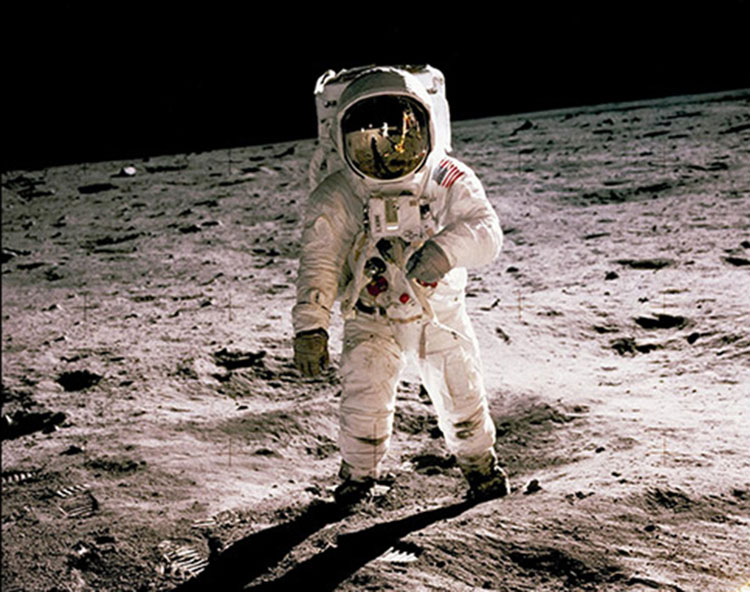Beyond the moon landing: Inspiration and accomplishment
They faced significant odds, working with rudimentary technology. They inspired us to believe we could accomplish anything. They made us proud to be Americans.
Millions watched in awe as Apollo 11 made its historic landing on the moon 50 years ago. The audience included a small group of men and women with ties to Colorado State University who would follow them – into space or underwater sea laboratories or as leads on some of the very few university-led Earth Science missions.
In 1984, Tom Vonder Haar – now University Distinguished Professor Emeritus in the Department of Atmospheric Science and a member of the National Academy of Engineering – was at Cape Kennedy watching Sally Ride’s historic second flight on the Challenger shuttle. Also on the flight was the Earth Radiation Budget Satellite that Vonder Haar and his team had designed with NASA.
“Summer 1969 and the moon landing was inspiring to many young scientists, engineers and students,” Vonder Haar said. “I am still impressed today with the challenge it presented and our relatively crude technology at the time. Later in my career, I worked on an Earth satellite research project with Neil Armstrong and observed his quiet capability and spirit of teamwork.”
Vonder Haar’s satellite was the first of two Earth Science missions led by CSU. In 2006, NASA would send a second satellite into space – CloudSat – designed by Graeme Stephens, also a University Distinguished Professor Emeritus and National Academy of Engineering member.
Read the full story, “Beyond the moon landing: Inspiration and accomplishment.”



